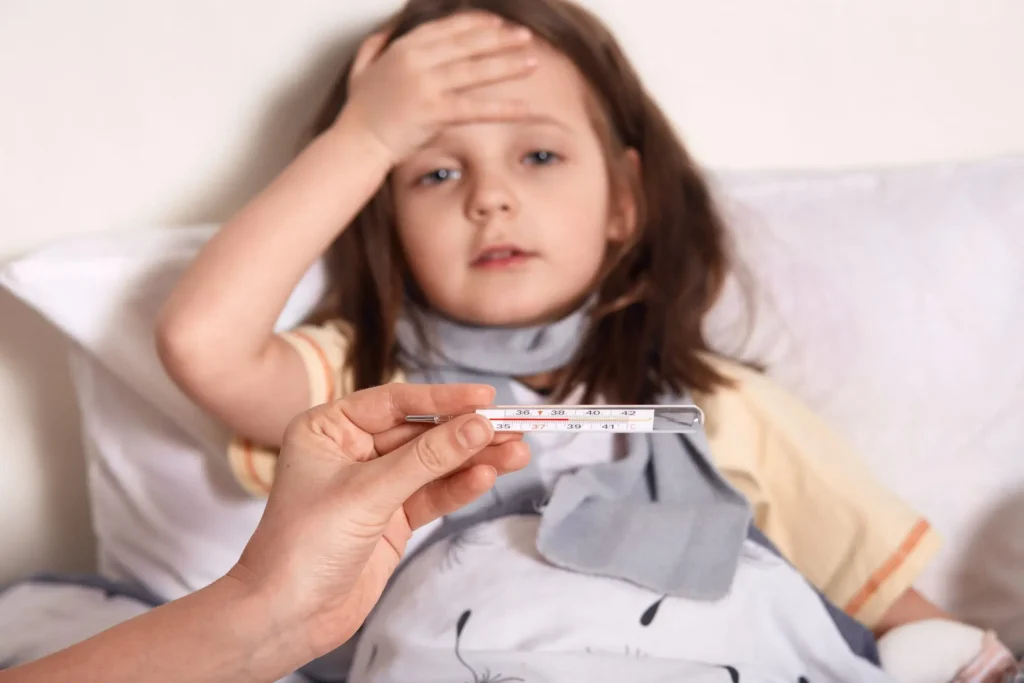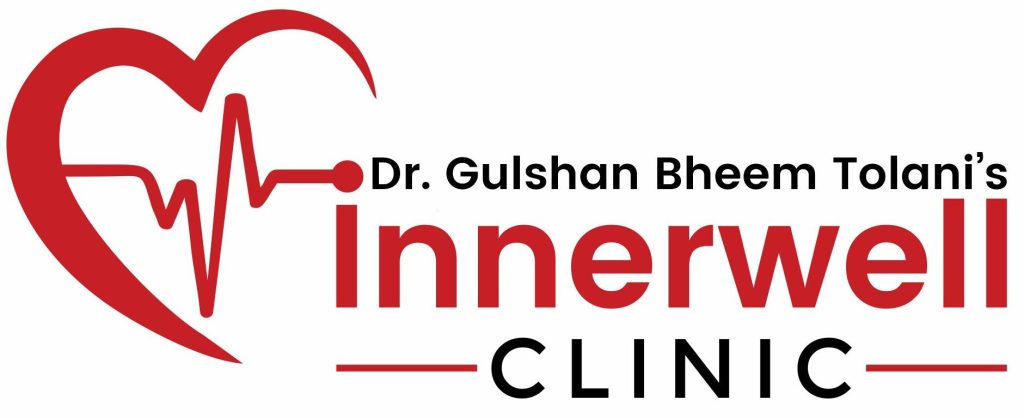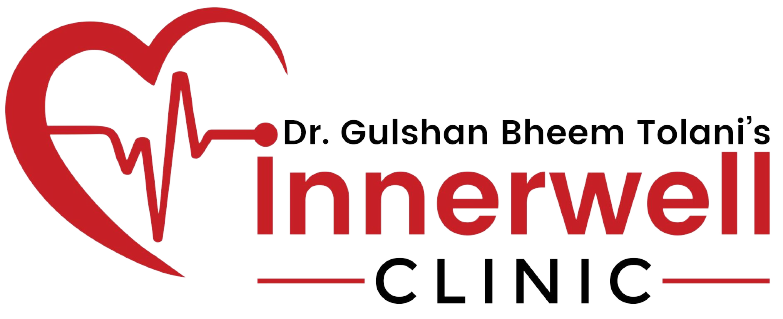Infectious Diseases
Infectious Disease Treatment in Nashik
Dr. Gulshan Tolani
Infectious Diseases
Infectious diseases are caused by microorganisms, such as bacteria, viruses, fungi, or parasites, and can spread from one person to another. These diseases have been significant challenges to human health throughout history, causing pandemics, epidemics, and individual infections. In this article, we will explore the causes, modes of transmission, common symptoms, and essential prevention strategies for infectious diseases.

Causes of Infectious Diseases:
Bacteria:
Tiny single-celled organisms that can cause diseases like strep throat, tuberculosis, and urinary tract infections.
Viruses:
Submicroscopic particles that infect host cells replicate, causing diseases such as the flu, common cold, HIV/AIDS, and COVID-19.
Fungi:
Microscopic organisms are responsible for fungal infections like athlete’s foot, ringworm, and candidiasis.
Parasites:
Organisms that live on or within a host cause infections like malaria, giardiasis, and toxoplasmosis.
Common Symptoms of Infectious Diseases:
Fever and chills:
The body’s response to infection is often accompanied by sweating.
Fatigue:
Feeling excessively tired and weak.
Headache:
A common symptom in various infections.
Coughing and sneezing:
Respiratory infections often lead to these symptoms.
Diarrhea and Vomiting:
Common in gastrointestinal infections.
Skin Rashes and Lesions:
Some infections manifest with skin-related symptoms.
Swollen lymph nodes:
A sign of an immune system response to infection.
Muscle and joint pain:
It occurs in many infectious diseases.
Prevention and Control of Infectious Diseases:
Hand Hygiene: Regular handwashing with soap and water is crucial in preventing the spread of infections.
Respiratory Etiquette: Covering the mouth and nose when coughing or sneezing can reduce respiratory disease transmission.Safe Food and Water
Practices:Proper food handling and water purification help prevent foodborne and waterborne infections.
Vector Control: Measures to control insects or animals that transmit diseases can be highly effective.
Antimicrobial Stewardship: Responsible use of antibiotics helps prevent the development of drug-resistant bacteria.
Isolation and Quarantine: When necessary, isolating infected individuals or quarantining exposed persons can contain outbreaks.Health Education: Spreading awareness about infectious diseases, their prevention, and early recognition of symptoms.
Conclusion:
Infectious diseases pose a significant threat to global health, but with the proper understanding of their causes, modes of transmission, and symptoms, as well as the implementation of effective prevention strategies, we can reduce their impact on individuals and communities. It is essential to stay informed, practice good hygiene, and follow public health guidelines to protect ourselves and others from infectious diseases. Remember, a collective effort is key in preventing and controlling these infections.

